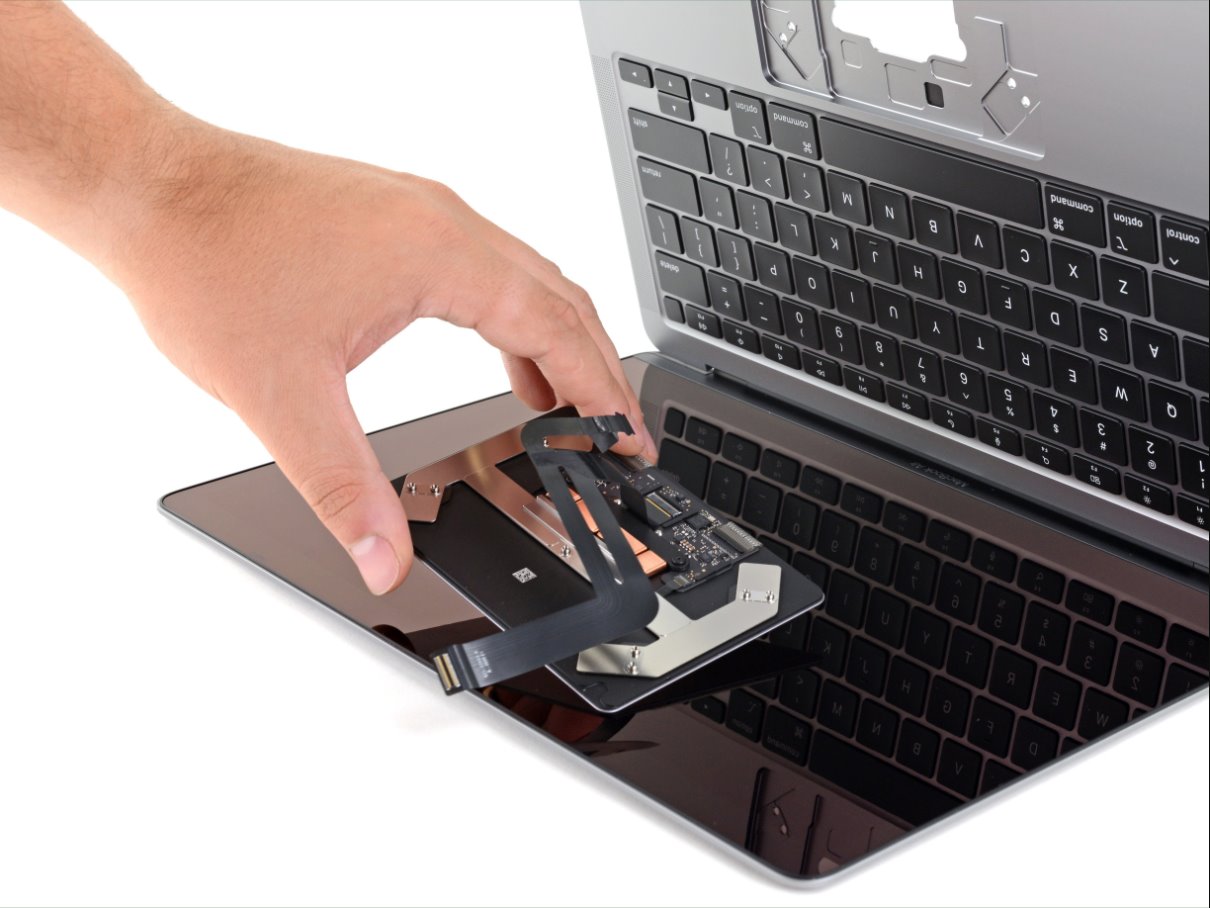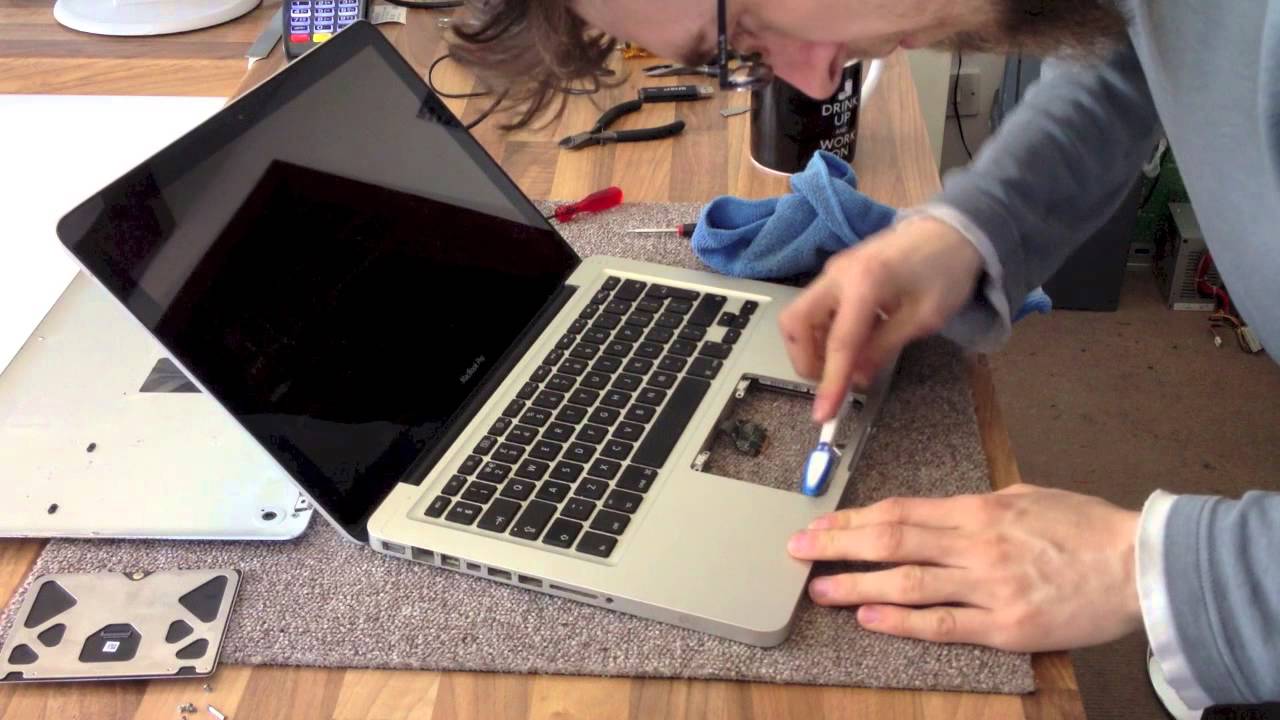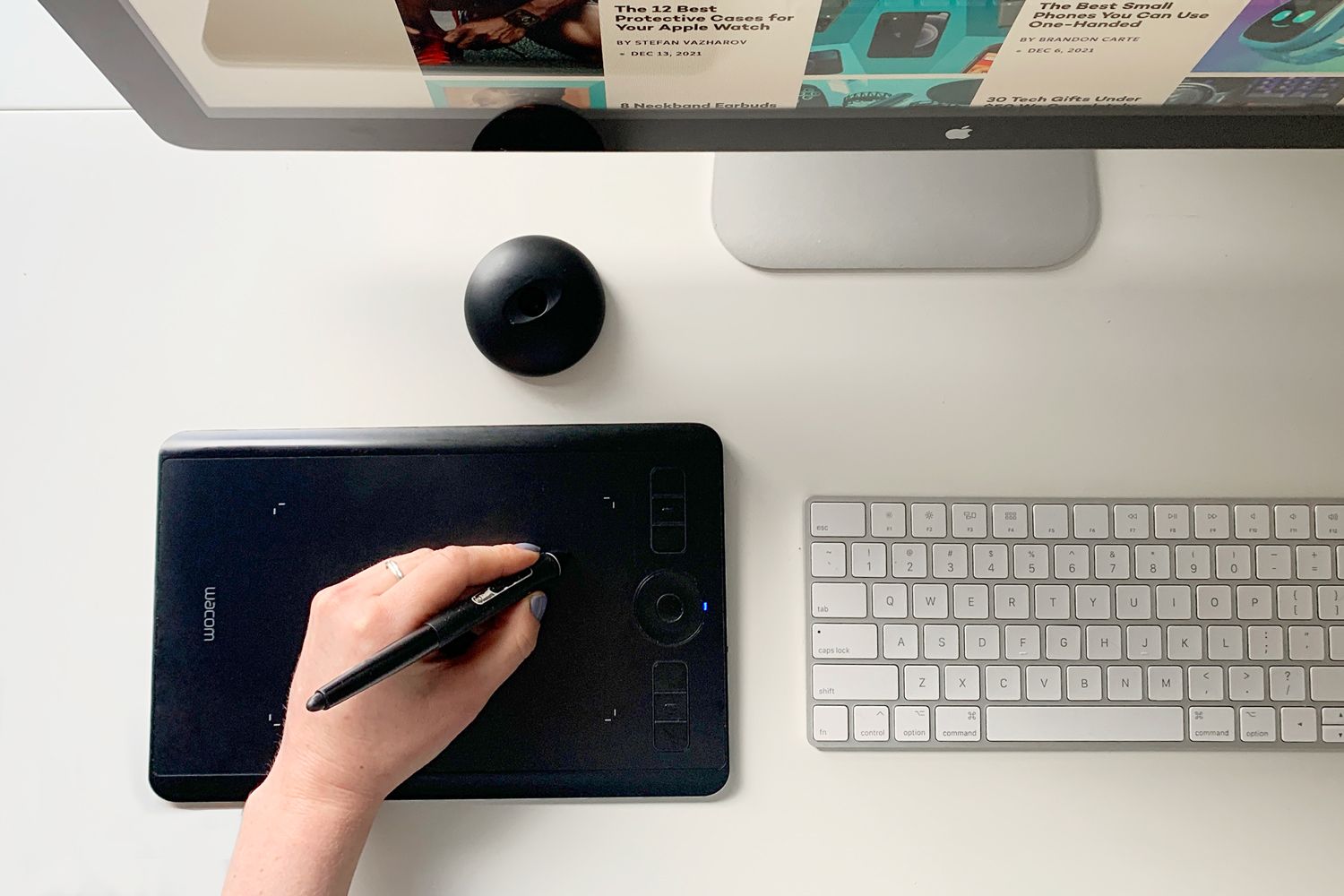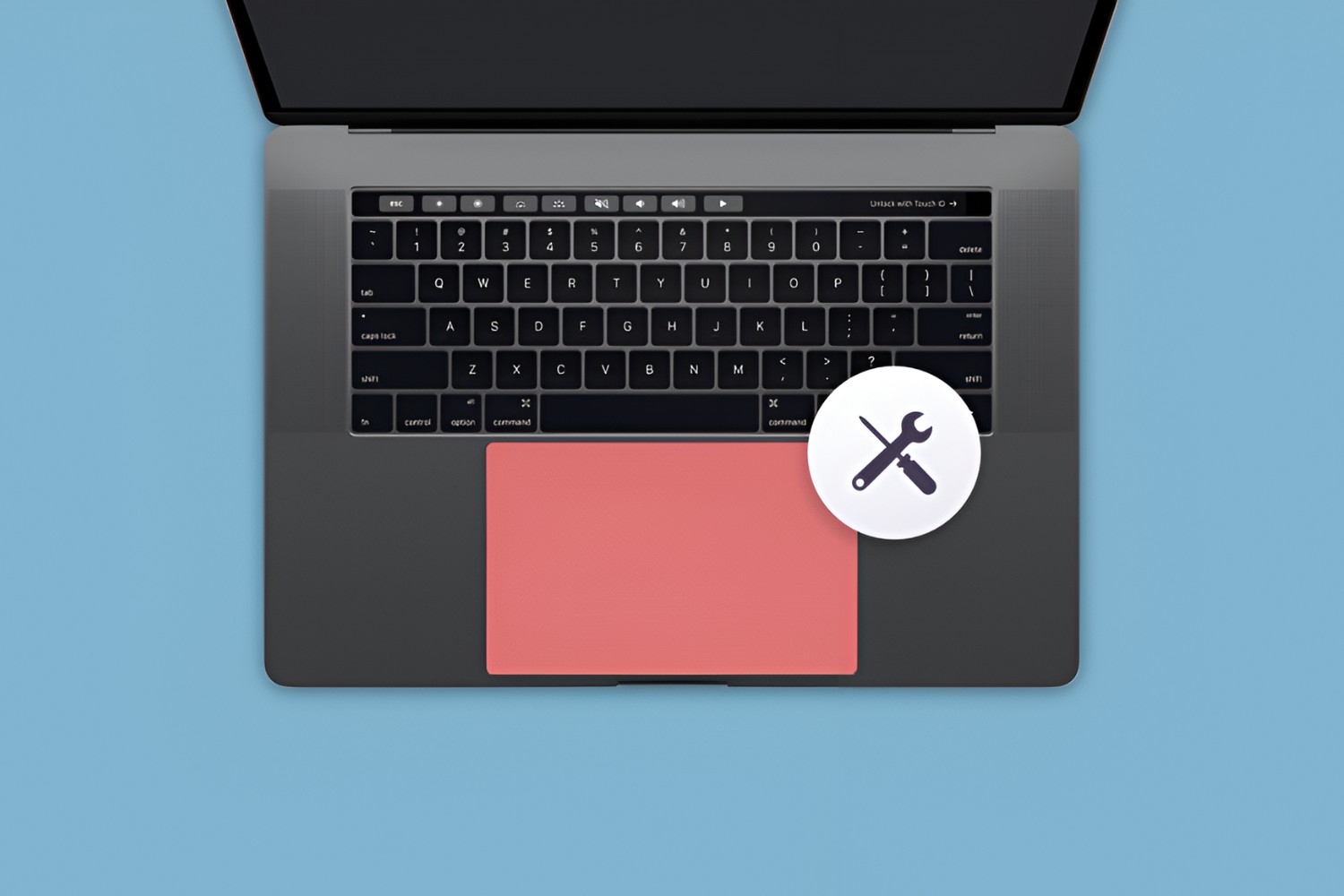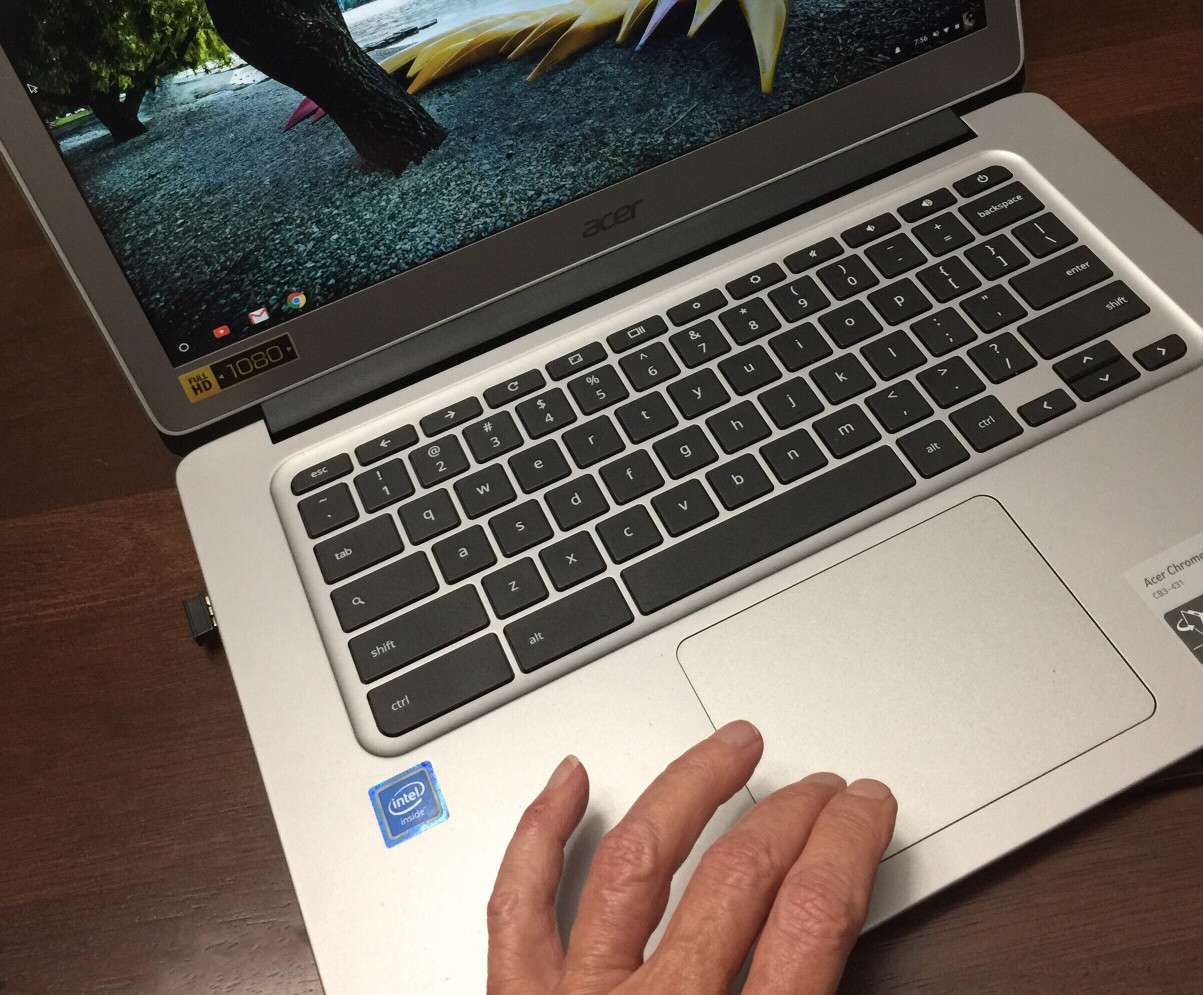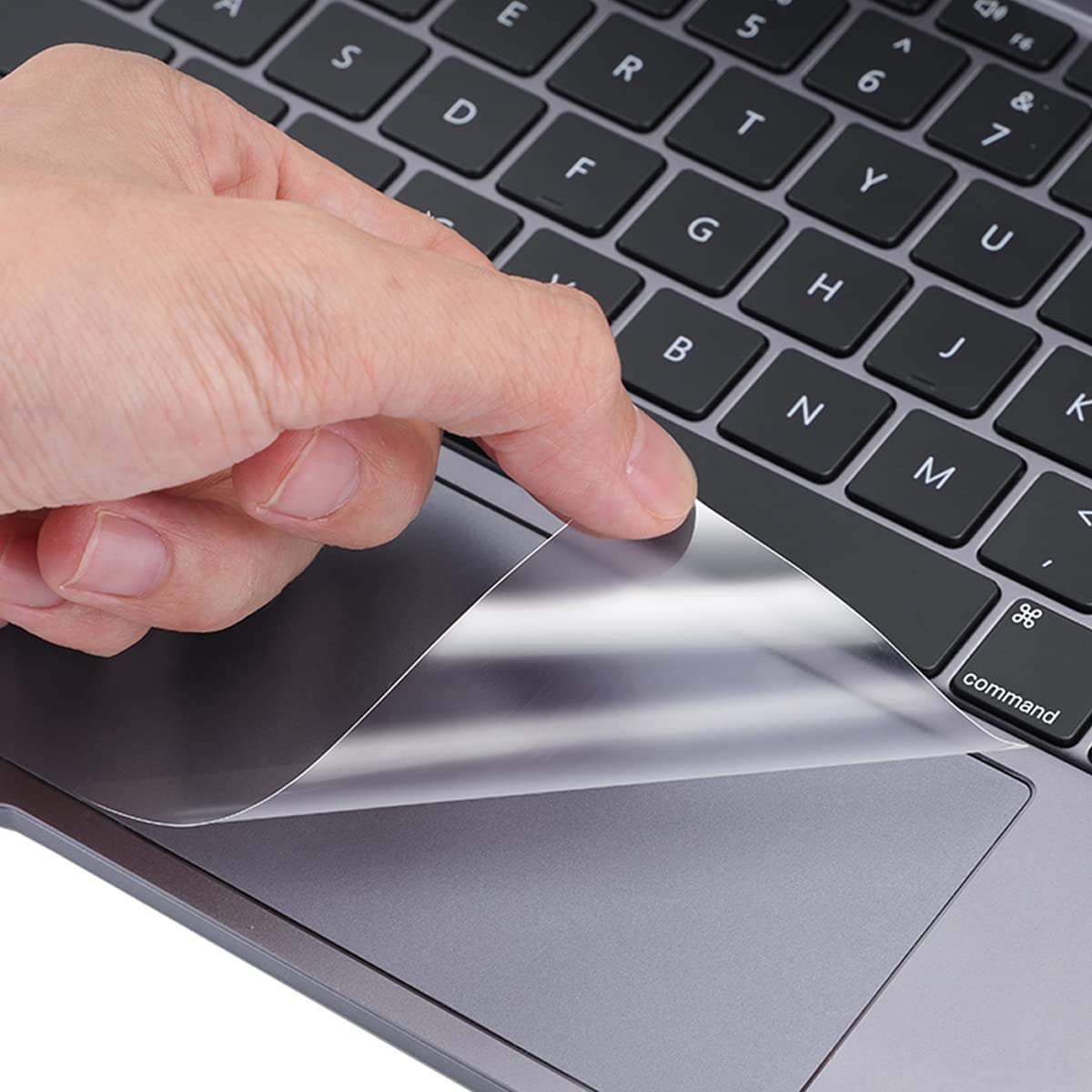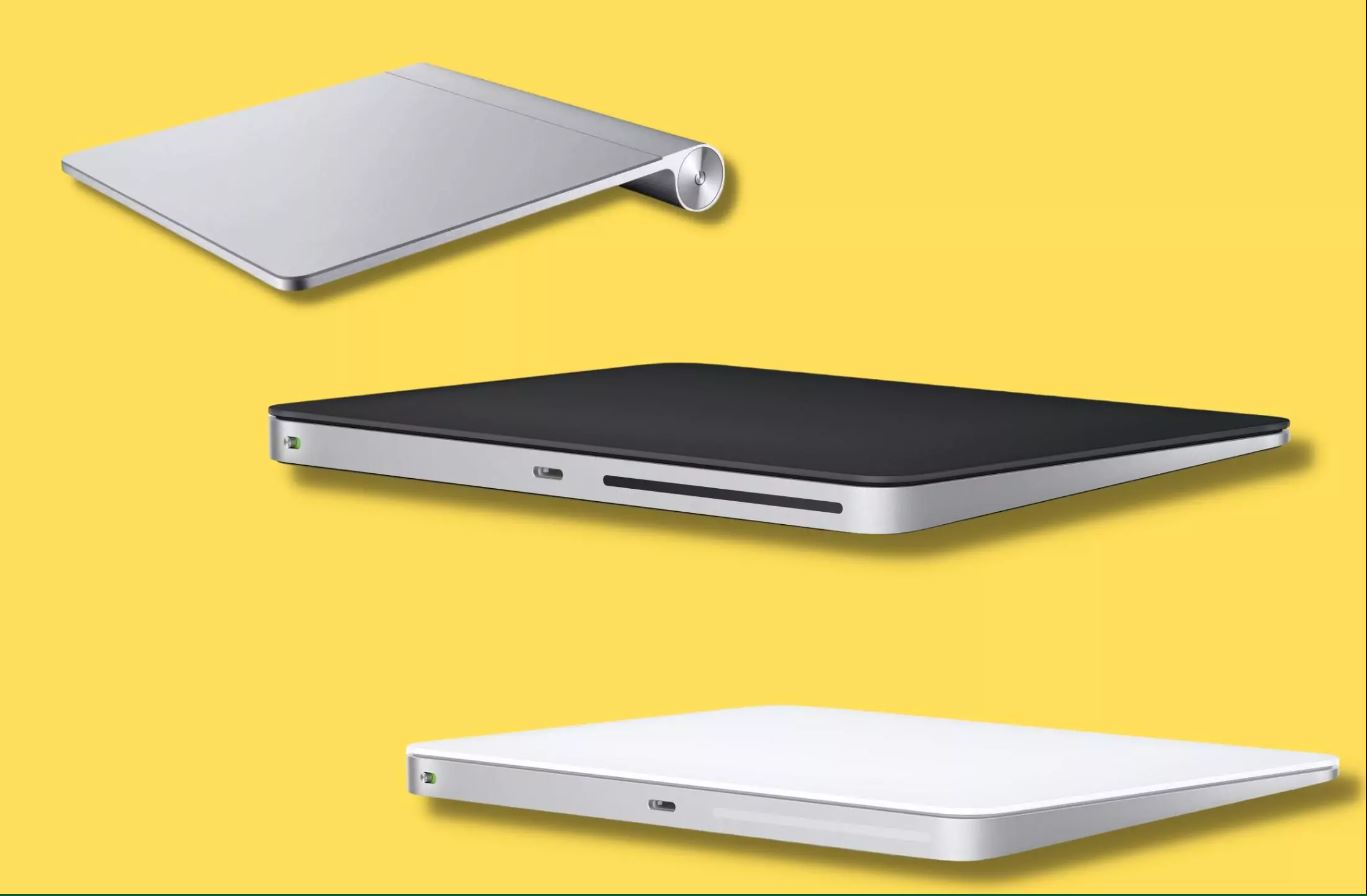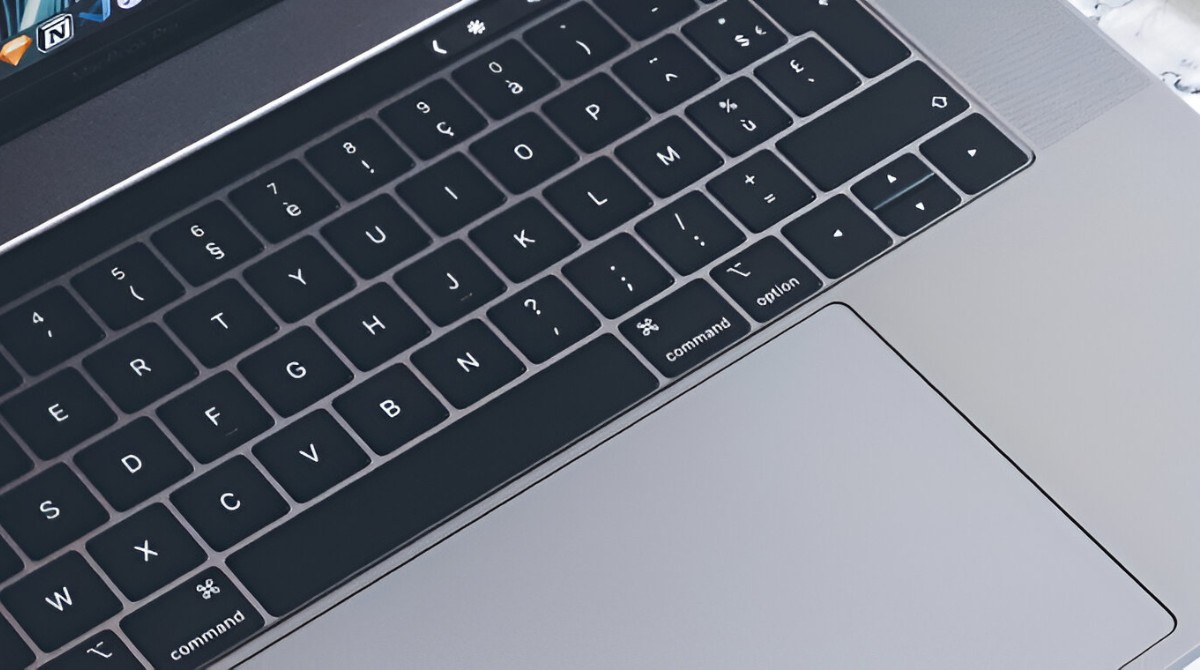Introduction
Having a trackpad that is not working properly can be a frustrating experience for any Mac user. Whether it’s a jumpy cursor, unresponsive clicks, or erratic scrolling, a malfunctioning trackpad can significantly hinder your productivity and overall user experience. The trackpad is a vital input device that allows you to navigate your Mac effortlessly, making it essential to resolve any issues promptly.
In this article, we will explore some common reasons why your trackpad may not be working and provide you with practical solutions to fix the problem. From software updates to cleaning the trackpad, we’ll guide you through the troubleshooting steps to get your trackpad back in optimal condition.
Before we delve into the solutions, it’s essential to understand that trackpad issues can stem from both software and hardware-related factors. By identifying the source of the problem, you can effectively address the underlying cause and restore the functionality of your trackpad. So, without further ado, let’s begin troubleshooting!
Why is my trackpad not working?
A non-functioning trackpad can be attributed to a variety of reasons. Understanding these potential causes can help you narrow down the troubleshooting steps and find an appropriate solution. Here are a few common reasons why your trackpad may not be working:
- Software issues: Sometimes, trackpad problems can arise due to software conflicts or glitches. It could be caused by outdated drivers, incompatible applications, or system updates that haven’t been installed.
- Physical obstructions: Dust, dirt, or debris accumulated on the trackpad surface can interfere with its functionality. Even small particles can impede the trackpad’s movement and prevent it from registering your gestures.
- System errors: Occasionally, your Mac may encounter system errors that affect the trackpad’s operation. This could be due to corrupted system files, misconfigured settings, or conflicts with other hardware components.
- Hardware malfunction: In some cases, a faulty trackpad hardware component can be the root cause of the issue. This could be due to loose connections, damaged cables, or a worn-out trackpad that requires replacement.
It’s important to note that these are just a few common reasons for trackpad issues. The specific cause may vary depending on your Mac model, operating system version, and individual circumstances. Now that we have a basic understanding of potential reasons, let’s move on to the troubleshooting steps to fix your trackpad. Remember to follow these steps in chronological order to ensure an efficient resolution process.
Check for software updates
One of the initial steps in troubleshooting your non-working trackpad is to check for any available software updates. Outdated operating system versions or incompatible drivers could potentially cause conflicts and lead to trackpad issues. Here’s how you can check for software updates:
- Click on the Apple menu in the top-left corner of your screen and select “System Preferences.”
- In the System Preferences window, click on “Software Update.”
- Your Mac will check for any available updates. If there are updates available, click on “Update Now” to initiate the installation process.
- Follow the on-screen instructions and wait for the updates to complete.
After the software updates have been installed, restart your Mac and see if the trackpad issue has been resolved.
If there were no software updates available or if updating the software did not fix the problem, proceed to the next troubleshooting step.
Remember, updating your software is crucial for the overall performance and stability of your Mac, so it’s always a good practice to keep your system up to date.
Restart your Mac
Restarting your Mac may seem like a simple solution, but it can often resolve common trackpad issues. Restarting helps refresh the system and clear any temporary glitches or conflicts that may be affecting the trackpad’s functionality. Here’s how you can restart your Mac:
- Click on the Apple menu in the top-left corner of your screen.
- Select “Restart” from the drop-down menu.
- Confirm your selection by clicking on “Restart” again.
Wait for your Mac to shut down and then automatically start up again. Once your Mac has rebooted, check if the trackpad is working correctly.
If the trackpad still isn’t functioning properly after the restart, it’s time to move on to the next troubleshooting step.
Remember to save any unsaved work before restarting your Mac, as it will close all open applications and documents.
Reset the SMC
If restarting your Mac did not resolve the trackpad issue, the next step is to reset the System Management Controller (SMC). The SMC is responsible for managing various hardware components on your Mac, including the trackpad. Resetting the SMC can often help recalibrate the trackpad and resolve any underlying hardware-related problems. Here’s how to reset the SMC:
- Shut down your Mac by clicking on the Apple menu and selecting “Shut Down.”
- Unplug the power adapter from your Mac.
- If your Mac has a removable battery, remove it.
- Press and hold the power button for about 10 seconds.
- Release the power button.
- If your Mac has a removable battery, reinsert it.
- Reconnect the power adapter to your Mac.
- Turn on your Mac by pressing the power button.
After resetting the SMC, your Mac will boot up again. Check if the trackpad is now functioning correctly. If not, proceed to the next troubleshooting step.
Resetting the SMC does not erase any data on your Mac, but it may reset some settings to their default values. You may need to reconfigure certain preferences after the reset.
Check the trackpad settings
If your trackpad is still not working as expected, it’s worth checking the trackpad settings on your Mac. Adjusting these settings can help resolve trackpad issues caused by misconfiguration or accidental changes. Here’s how to check the trackpad settings:
- Click on the Apple menu in the top-left corner of your screen and select “System Preferences.”
- In the System Preferences window, click on “Trackpad.”
- You’ll see various tabs and options related to the trackpad functions.
- Review the settings under each tab, such as “Point & Click,” “Scroll & Zoom,” “More Gestures,” etc.
- Ensure that the desired options are enabled and properly configured based on your preferences.
- Make changes or adjustments if necessary.
After modifying the trackpad settings, test the trackpad to see if the issue has been resolved. If not, proceed to the next troubleshooting step.
It’s worth mentioning that the trackpad settings may vary depending on the macOS version and your Mac model. If you’re unable to find specific settings or need further assistance, refer to the Apple Support website or contact Apple Support directly.
Clean the trackpad
If your trackpad is still not functioning properly, it might be worth cleaning the trackpad surface. Dust, dirt, and residue can accumulate over time and affect the trackpad’s responsiveness. Cleaning the trackpad can help remove any obstructions and restore its functionality. Here’s how to clean the trackpad:
- Power off your Mac and unplug any connected devices.
- Dampen a microfiber cloth or lint-free cloth with a small amount of water.
- Gently wipe the trackpad surface in a circular motion, ensuring not to apply excessive pressure.
- Avoid using harsh cleaning agents or abrasive materials, as they can damage the trackpad.
- Pay extra attention to the edges and corners of the trackpad.
- Allow the trackpad to air dry for a few minutes.
- Power on your Mac and test the trackpad to see if the issue has been resolved.
If cleaning the trackpad did not solve the problem, it’s time to explore alternative troubleshooting methods.
Remember to regularly clean your trackpad to prevent dirt and grime accumulation, which can lead to recurring trackpad issues.
Use an external mouse
If all the previous troubleshooting steps have not resolved the trackpad issue, you may consider using an external mouse as a temporary solution. Connecting an external mouse allows you to continue using your Mac while you further investigate the trackpad problem or seek professional assistance. Here’s how to use an external mouse:
- Find a compatible external mouse that you can connect to your Mac.
- Ensure that the mouse is powered on and its wireless receiver, if applicable, is connected to your Mac.
- If necessary, install any required software or drivers provided by the mouse manufacturer.
- Connect the mouse to your Mac using a USB cable or establish a wireless connection.
- Wait for your Mac to recognize the mouse and configure the necessary settings.
- Once the mouse is connected, you can use it as an alternative input device for navigating and interacting with your Mac.
Using an external mouse can provide temporary relief while you explore other trackpad troubleshooting options. It’s important to note that this is not a permanent solution, and it’s advisable to address the trackpad issue to restore your Mac’s full functionality.
If you’re not comfortable troubleshooting the trackpad issue on your own or the problem persists despite your efforts, it’s recommended to seek assistance from Apple Support or visit an authorized service provider.
Contact Apple Support
If you’ve exhausted all the troubleshooting steps mentioned above and your trackpad is still not working correctly, it’s time to reach out to Apple Support for further assistance. Apple Support has a team of experts who can provide guidance and help resolve hardware or software-related issues. Here’s how you can contact Apple Support:
- Go to the Apple Support website and navigate to the “Contact” or “Support” section.
- Choose the option to contact Apple Support via phone, chat, or email.
- Provide the necessary details, including your Mac model, operating system version, and a description of the trackpad issue.
- Follow the instructions provided by Apple Support to troubleshoot the problem further, schedule a repair, or seek additional assistance.
Apple Support is well-equipped to handle a wide range of Mac-related issues, including trackpad problems. They can provide personalized guidance and recommend the best course of action based on your specific situation. Whether it requires remote troubleshooting or an in-person visit to an Apple Store, they will assist you in resolving the trackpad issue.
Remember to gather any relevant documentation, such as proof of purchase or warranty information, before contacting Apple Support. This can help expedite the support process and ensure a smooth resolution.
By reaching out to Apple Support, you can benefit from their expertise and professional assistance to get your trackpad back in working order.







